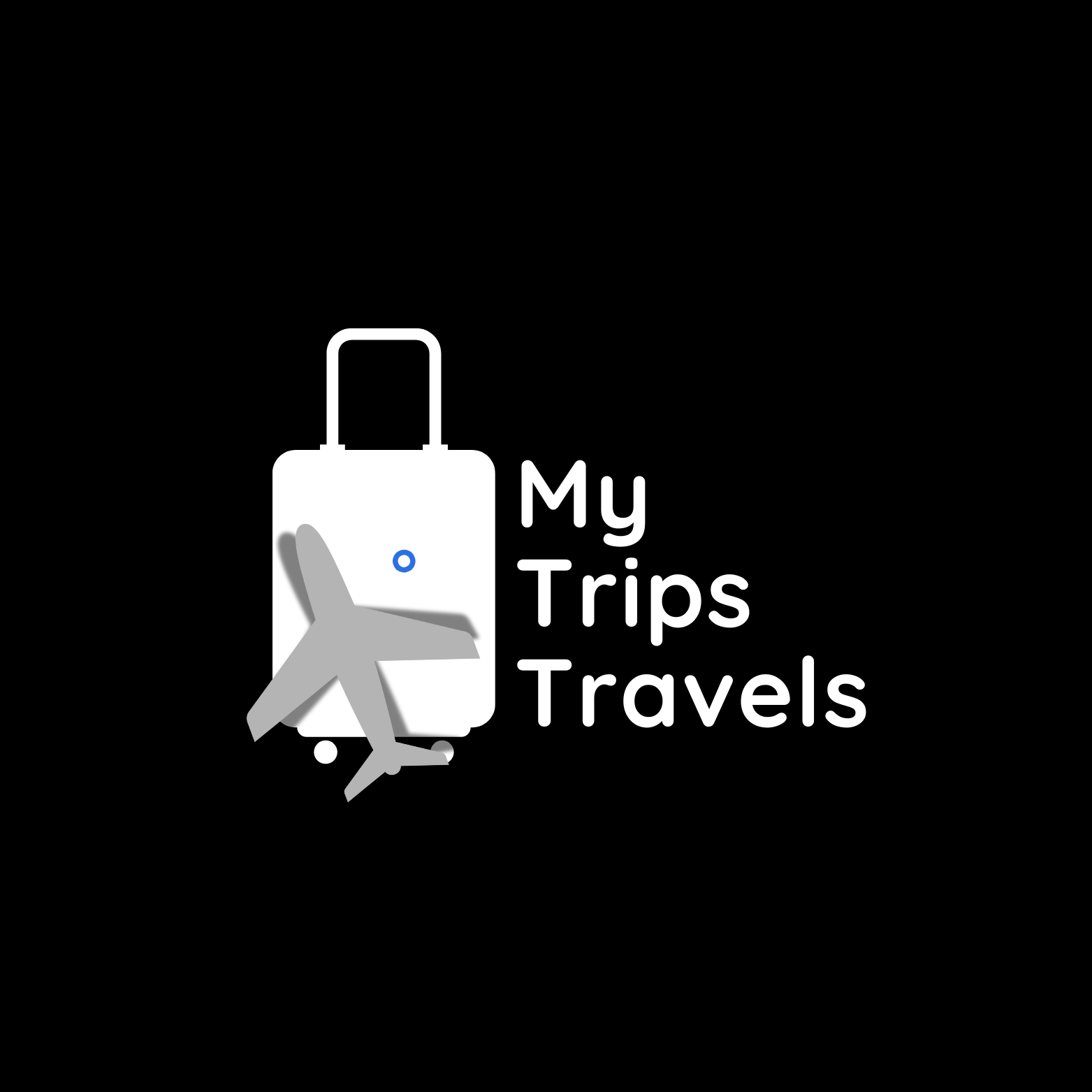Sleeping on Planes: Why It’s So Hard and How to Fix It
Air travel offers excitement and adventure, but it also brings one of the most frustrating challenges for many travelers is getting good sleep while flying. Whether it is a short domestic journey or a long-haul international route, sleeping on planes often feels nearly impossible.
Let us explore why it is so difficult to fall asleep mid-air and what practical steps you can take to finally get some quality rest during your Trip Flight.
Why Sleeping on Planes Feels Impossible
Cabin Conditions Disrupt Natural Sleep
Airplane cabins are designed for safety and efficiency, not comfort. The cabin pressure is usually set to mimic conditions at 6,000 to 8,000 feet above sea level.
This reduced oxygen level can lead to fatigue and dehydration, making you feel tired yet oddly restless. The humidity is also lower than what your body is used to, drying out your skin and sinuses, and adding to the discomfort.
Unnatural Seating Positions
Economy class seats are not built with sleep in mind. You are often sitting upright with limited legroom and a lack of proper lumbar support. Even the slightest shift in position can wake you up or cause physical discomfort. Reclining a seat a few inches does little to provide the posture your spine needs for deep rest.
Constant Noise and Disruptions
The hum of engines, chatty passengers, snack carts rolling down the aisle, and announcements from the crew make it hard for your brain to fully shut off. Even with earplugs, this background noise disrupts the deeper stages of sleep.
Light exposure from windows or screens can also confuse your body clock, especially if you are flying overnight or crossing time zones.
Smart Tips to Improve Your In-Flight Sleep
Choose the Right Seat
Where you sit matters more than you think. If possible, select a window seat. It gives you something to lean on and keeps you away from people passing in the aisle. Avoid seats near the bathroom or galley where foot traffic and lights are constant. While booking your airline flight, consider paying a little extra for an exit row or premium economy seat that offers more space and comfort.
Dress Comfortably and Layer Up
Cabin temperatures fluctuate throughout the flight. Dress in breathable layers so you can easily adjust to stay warm or cool. Avoid tight clothing that restricts movement or interferes with blood circulation. Comfortable clothes help your body relax and ease into sleep faster.
Bring the Right Sleep Gear
Neck pillows, eye masks, and noise-canceling headphones are not just accessories, they are essential tools for better sleep. A good travel pillow supports your neck and prevents you from waking up with stiffness. Eye masks block light while headphones or earplugs reduce ambient noise. These simple additions can create a mini sleep sanctuary right in your seat.
Adjust Your Routine Before and During the Flight
Time Your Sleep
If you are flying overnight or changing time zones, begin adjusting your sleep schedule a few days before your flight. Try sleeping earlier or later depending on your destination. This helps your body ease into the new time zone more naturally. On board, try to match your sleep with your destination’s night time to minimize jet lag.
Avoid Stimulants and Heavy Meals
Skip caffeine and alcohol before and during the flight. These might initially relax you, but they interrupt your sleep cycle and leave you feeling more groggy. Also, avoid heavy meals close to your sleep time. Digesting rich food while in an upright position can lead to bloating and discomfort, making it even harder to doze off.
Try Natural Sleep Aids
Melatonin supplements can help reset your body clock, especially if you are flying across several time zones. Herbal teas like chamomile or lavender can calm your nerves and ease you into sleep. Always consult a doctor before trying any sleep aid for the first time, especially if you are on medication or have health concerns.
Book Smarter and Fly Rested
A smooth booking process can make a big difference in how prepared you are for your travel trip. When you plan early, you have better choices for seats, flight times, and carriers. Use trusted platforms such as Priceline or Expedia Flights to compare options and find exclusive travel deals. Some platforms also allow you to reserve seats in advance, which helps in choosing sleep-friendly spots.
For those looking for cheap travel options without compromising comfort, booking during off-peak hours and mid-week flights can offer quieter cabins and more space. When you Book Flight tickets, especially Delta Tickets, check customer reviews about cabin comfort and in-flight services. Some airlines offer sleep kits or extra amenities to enhance your in-air rest experience.
Lastly, if you run into issues or need to adjust your itinerary, reach out to services with the best Customer Service. Having someone guide you through air ticket booking or assist with your queries when you Call Now can reduce stress and let you focus on preparing for your journey, including how to sleep better on board.
Conclusion
Sleeping on planes may always involve some compromise, but it does not have to be a nightmare. With a few smart choices and some planning, you can improve your chances of catching meaningful rest during your booking flight.
From picking the right seat to bringing your own sleep gear and using expert tools for planning, you can transform your next flight into a more restful and enjoyable part of your travel journey.

